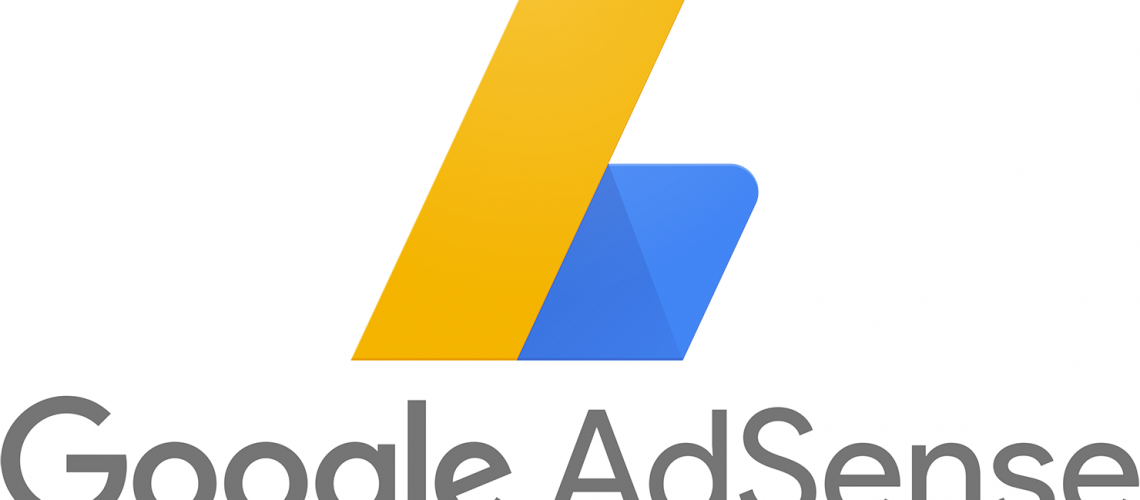When it comes to Pay-Per-Click advertising (PPC), we are continuously reminded of the importance of keywords. When designing your Adwords campaign, it is imperative to select keywords that match both the search intent and search queries typed into Google.
In doing so, we are able to direct consumers who are looking for our product or service to an ad designed to grab their attention and direct them to the relevant position on our website.
But why stop there?
In addition to keywords, it is time to target the correct audiences to further improve the click-through-rate and return to your adverts.
Let’s take a look at what Google Ads audiences are and how they can help us in our Adwords marketing efforts.
What are Audiences?
Google Ads audiences are one of the ways that Google enables us to better reach our target markets and new potential customers. The closer you are able to target your adverts to your desired market, the better the results you can expect to achieve on your campaign.
According to Google, “Audiences are groups of people with specific interests, intents, and demographics as estimated by Google.”
While the formula behind the audience algorithm remains a secret, we can safely assume that Google analyses trillions of data transactions including search history, average session length, user locations and purchasing behaviour to ensure that these audiences are as accurate as possible.
These audience types can be further broken down into various categories.
Types of Google Ads Audiences
You are able to target audiences based on interest and demographics.
With interest targeting, you are able to show your adverts to people who are already interested in your products and services or have shown an interest in activities related to your business.
While with demographic targeting, you are able to zone in on specific demographic data including age, gender, parental status, location and more.
Let’s take a closer look at the individual audiences:
Affinity Audiences: This includes over 80 different dedicated groups based on audience interests and hobbies from “gamers” to “auto enthusiasts” to “sports fans”. This type of audience allows you to create adverts which will appeal directly the audience group you intend to target.
Custom Affinity: This audience is the same as an affinity audience but allows you to further narrow an affinity audience using keywords. For example, you could target “sports fans” who search for “Manchester United”.
In-Market Audiences: This type of audience is focused on potential customers who have looked at products or services similar to yours. For example, an ad for “sports t-shirts” is shown to a “sports fan” who recently searched for “Manchester United”.
Life Events: This targeting is designed to reach potential customers who have recently reached an important life milestone. For example, a home insurance company might target “new home owners”.
Custom Intent: You are able to define and reach the ideal audience for your campaign using keywords, URLs and/or apps related to your product or service that the targeted customer might be searching for.
Remarketing: Specifically target people who have already engaged with your products or services including past website visitors, mobile app downloads, video views or customers who have provided their contact details.
Website Visitors: Similar to remarketing, the website visitors’ audience allows you to specifically target those who have visited your website or even certain pages of your site.
YouTube Users: Any individual who has watched you videos on YouTube can be targeted with this audience type.
App Users: Target customers who have installed your website app on their device.
Customer Match: Use customer information gathered, like email addresses or area codes, collected over time to display ads to people who match the inputted criteria.
Custom Combination: Manually combine two or more of the above remarketing audience types.
Similar Audiences: This is a great audience type to show your ads to new customers. Google looks at existing audience lists and generates a new list of people who are similar to those on the current list.
Detailed Demographics: Reach specific demographic segments that share similar traits.
While there is much discretion as to how the Google Ads audiences function works, it is definitely a worthy tool in your digital marketing toolkit. Becoming comfortable with these audiences will provide you with the key to reaching the correct audience and improving the overall results of your campaign.
Need help getting your business digitally recognised? Contact the digital marketing team at Online Innovations to start using Google Ads today.
Call us on 041 365 4919, email sales@onlineinnovations.com, or visit our website at www.onlineinnovations.com to find out more.

